目录
- python 字符串裁切与提取的完整指南
- 基础切片方法
- 1. 使用切片操作符[start:end]
- 2. 步进切片[start:end:step]
- 高级提取方法
- 1. 使用split()分割字符串
- 2. 使用partition()或rpartition()
- 3. 使用正则表达式(复杂模式)
- 特定位置提取方法
- 1. 提取两个标记之间的内容
- 2. 提取特定长度的子串
- 3. 提取单词或短语
- 实用工具函数
- 1. 安全提取函数(避免索引错误)
- 2. 提取所有匹配项
- 3. 提取并处理数字
- 方法选择指南
- 最佳实践与注意事项
Python 字符串裁切与提取的完整指南
在 Python 中裁切字符串并提取特定部分有多种方法,以下是全面且实用的解决方案:
基础切片方法
1. 使用切片操作符[start:end]
text = "Hello, World!" # 提取第 2-5 个字符(索引从0开始) substring = text[1:5] # "ello" # 提取前 5 个字符 first_five = text[:5] # "Hello" # 提取从第 7 个字符到末尾 from_seven = text[7:] # "Wor编程ld!" # 提取最后 6 个字符 last_six = text[-6:] # "World!"
2. 步进切片[start:end:step]
# 提取偶数索引字符 even_chars = text[::2] # "Hlo ol!" # 反转字符串 reversed_text = text[::-1] # "!dlroW ,olleH"
高级提取方法
1. 使用split()分割字符串
data = "John,Doe,30,New York"
# 提取名字
first_name = data.split(",")[0] # "John"
# 提取城市
city = data.split(",")[-1] # "New York"
# 限制分割次数
parts = data.split(",", 2) # ['John', 'Doe', '30,New York']
2. 使用partition()或rpartition()
url = "https://www.example.com/page?query=value"
# 提取域名
protocol, separator, domain = url.partition("://")
domain = domain.split("/")[0] # "www.example.com"
# 提取查询参数
base, separator, query = url.rpartition("?")
query_params = query # "query=value"
3. 使用正则表达式(复杂模式)
import re text = "订单号: ABC-12345, 金额: $150.75" # 提取订单号 order_match = re.search(r"订单号: (\w+-\d+)", text) order_number = order_match.group(1) if order_match else None # "ABC-12345" # 提取金额 amount_match = re.search(r"\$(\d+\.\d+)", text) amount = float(amount_match.group(1)) if amount_match else 0.0 # 150.75
特定位置提取方法
1. 提取两个标记之间的内容
def extract_between(text, start_marker, end_marker):
start = text.find(start_marker) + len(start_marker)
end = text.find(end_marker, start)
return text[start:end] if start != -1 and end != -1 else ""
# 使用示例
html = '<div class="content">重要信息</div>'
content = extract_between(html, '>', '<') # "重要信息"
2. 提取特定长度的子串
# 从索引 7 开始提取 5 个字符 sub = text[7:7+5] # "World"
3. 提取单词或短语
sentence = "The quick brown fox jumps over the lazy dog" # 提取第 3 个单词(索引从0开始) words = sentence.split() third_word = words[2] if len(words) > 2 else "" # "brown" # 提取最后两个单词 last_two = " ".join(words[-2:]) # "lazy dog"
实用工具函数
1. 安全提取函数(避免索引错误)
def safe_slice(text, start, end=None):
"""安全切片,避免索引越界"""
if end is None:
return text[start:] if start < len(text) else ""
return text[start:min(end, len(text))]
# 使用示例
result = safe_slice("short", 3, 10) # "rt"
2. 提取所有匹配项
def extract_all(text, pattern):
"""使用正则提取所有匹配项"""
return re.findall(pattern, text)
# 使用示例
text = "电话: 138-1234-5678, 备用: 139-8765-4321"
phones = extract_all(text, r"\d{3}-\d{4}-\d{4}") # ['13http://www.devze.com8-1234-5678', '139-8765-4321']
3. 提取并处理数字
def extract_numbers(text):
"""提取所有数字并转换为整数"""
return [int(num) for num in re.findall(r'\d+', text)]
# 使用示例
data = "产品A: 库存50, 价格$120; 产品B: 库存30, 价格$85"
numbers = extract_numbers(data) # [50, 120, 30, 85]
方法选择指南
| 场景 | 推荐方法 | 示例 |
|---|---|---|
| 固定位置提取 | 切片操作符 | text[5:10] |
| 基于分隔符提取 | split()/partition() | emajsil.split("@")[0] |
| 模式匹配提取 | 正则表达式 | re.search(r'\d{4}', text) |
| HTML/XML内容 | BeautifulSoup | soup.find('div').text |
| jsON数据 | json.loads() | json_data['key'] |
| 复杂文本解析 | 第三方库(pyparsing) | 创建自定义语法 |
最佳实践与注意事项
处理编码问题
# 处理非ASCII字符
text = "中文示例"
substring = text[2:4].encode('utf-8').decode('utf-8') # "文"
性能考虑
pattern = re.compile(r'\b\w{5}\b') # 预编译
five_letter_words = pattern.findall(large_text)
对于大文本:使用生成器或迭代器
频繁操作:预编译正则表达式
处理空值和异常
try:
result = text.split(":")[1]
except IndexError:
result = "默认值"
多语言支持
import unicodedata
# 标准化Unicode字符串编程客栈
normalized = unicodedata.normalize('NFC', text)
提取并转换
# 提取日期并转换为datetime from datetime import datetime date_str = "2023-08-15" date_obj = datetime.strptime(date_str, "%Y-%m-%d")
根据您的具体需求选择合适的方法,对于简单的位置提取使用切片操作符,对于模式匹配使用正则表达式,对于结构化数据使用专门的解析库。
到此这篇关于Python 字符串裁切与提取全面且实用的解决方案的文章就介绍到这了,更多相关Python 字符串裁切与提取内容请搜索编程客栈(www.devze.com)以前的文章或继续浏览下面的相关文章希望大家以后多多支持编程客栈(www.cppcnphps.com)!


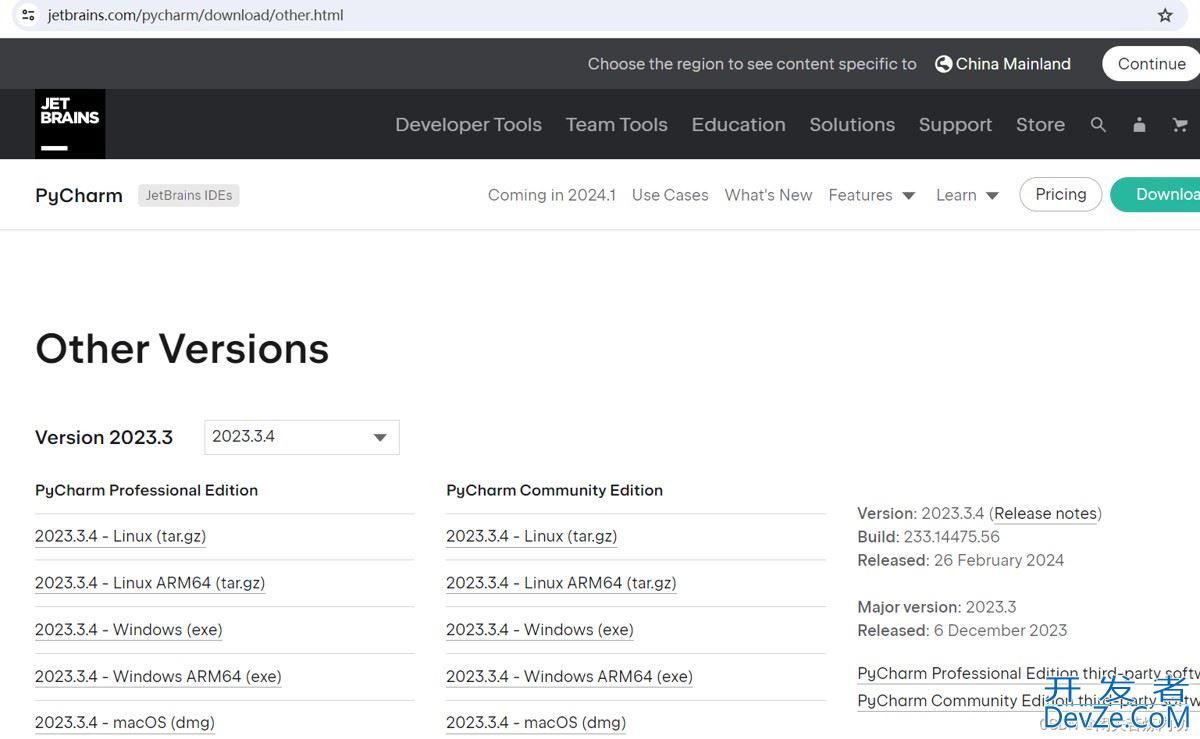
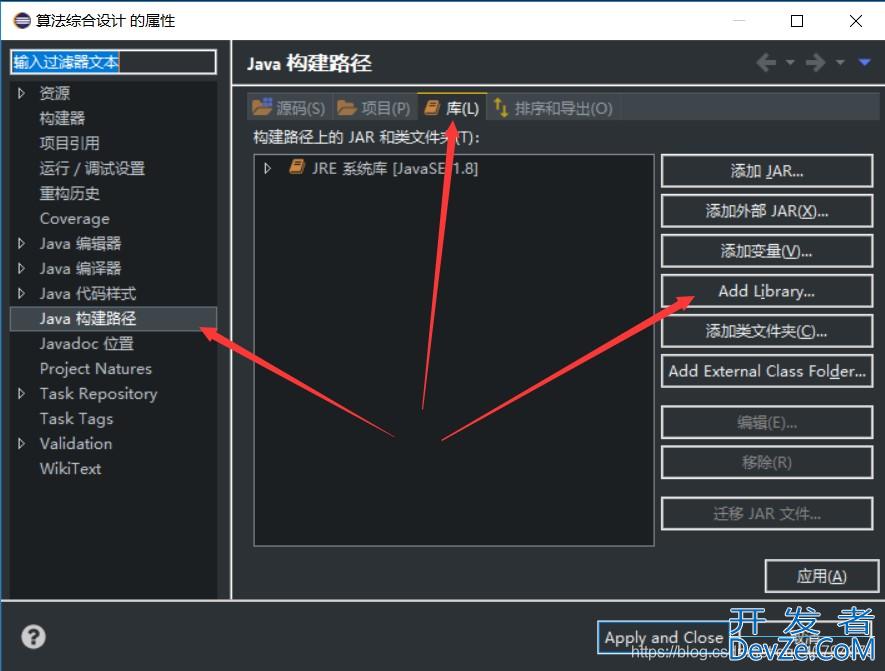
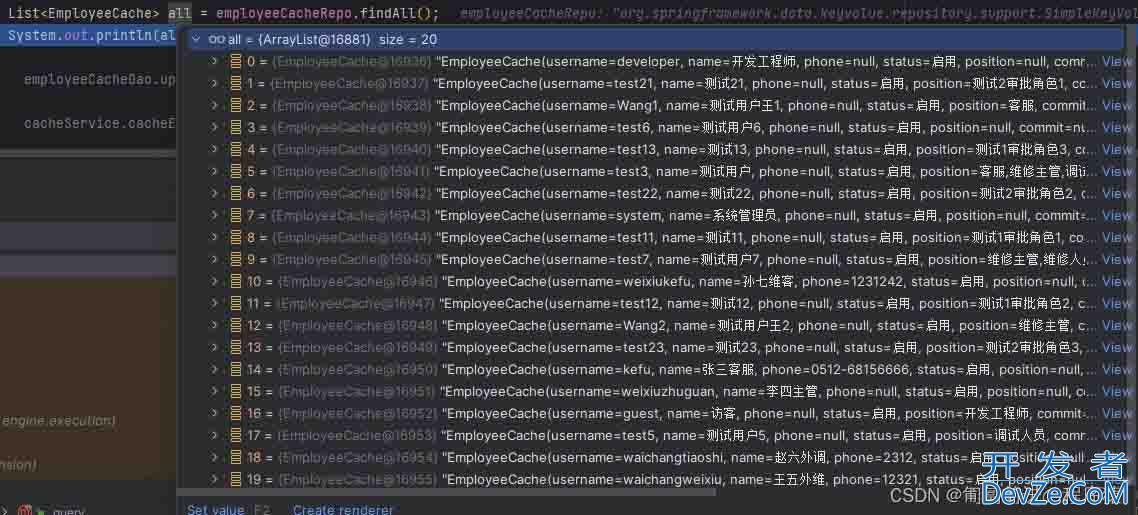
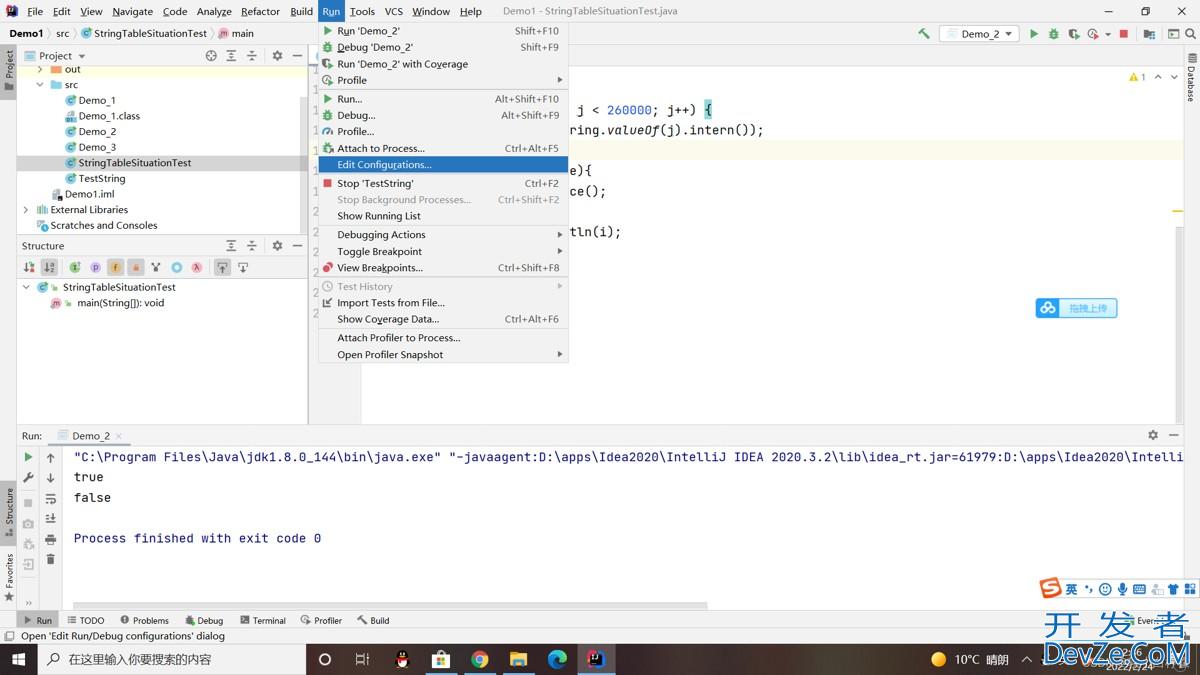
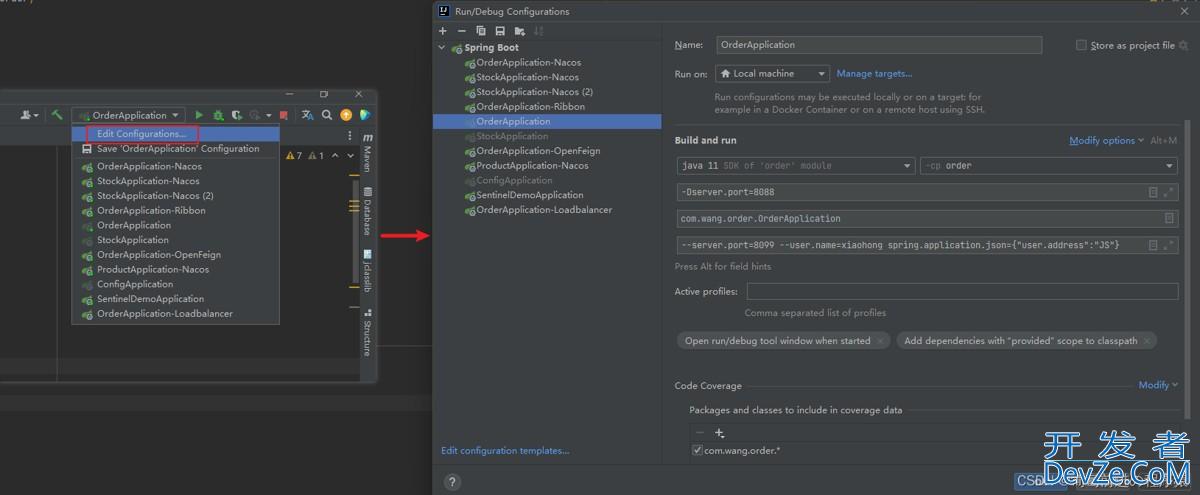

 加载中,请稍侯......
加载中,请稍侯......
精彩评论